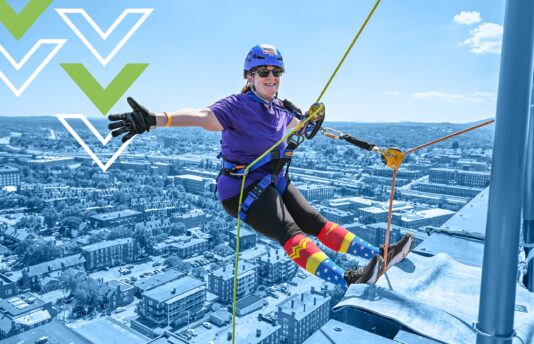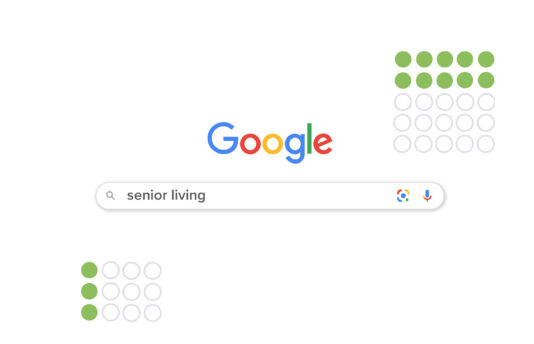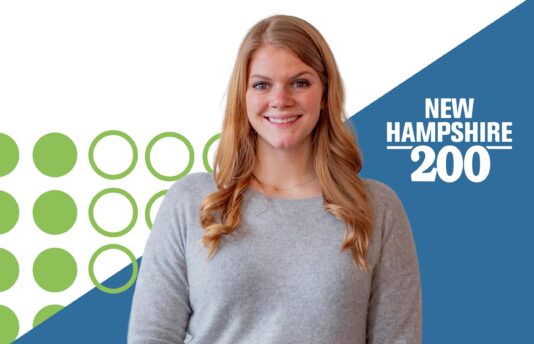When you market your senior living community, targeting the correct audience is critical to success. Not only do you have to consider age and income (if price is a differentiator), but you must ensure the interests, beliefs and activities of the prospect are a good fit for your community’s personality.
However, seniors researching a move to senior living are not your only target market; the adult children of potential prospects play a large role in the process and represent another important target audience for your marketing efforts.
Seniors Seldom Search on Their Own
Over 90 percent of older adults who move into senior living have assistance from family members or caregivers, with adult children involved in the process 73 percent of the time.
Some other key stats:
- In only 7 percent of cases do seniors search independently, and it takes them twice as long to move in.
- In the case of senior spouses searching for a memory care community by themselves, it can take four times as long.
- When an adult child fills out a lead form, the move-in rate is three times higher than if the prospect made the online query.
- That rate is 3.5 times higher for independent living and 2.5 times higher for assisted living.
Targeting the adult children of seniors is critical for marketing your senior living community, as they can greatly influence their parents’ decision. In addition, their input may speed up the sales process and increase your move-in rate.
Technology Plays a Part
The increasing complexity of the landscape due to technology is another area where adult children can help.
Technology adoption was growing among seniors pre-pandemic, but the pandemic was the catalyst for senior use of technology to skyrocket.
According to AARP, ownership of tech devices went up across all age groups from 50 to 80 during that time. More than 50 percent of those over 70 now own tablets, and 70 percent say they use them every day.
Still, more than half said they want to learn to use the technology better, and that’s where their children, many of them Baby Boomers, may be able to help.
Baby Boomers are very tech-savvy; they can help their parents gain confidence using technology and navigating applications like Zoom to attend virtual meetings and view digital materials together.
According to Google, Baby Boomers spend 23 hours per week online. Seventy-five percent of them say they use search engines to find more information about senior living communities for themselves and their parents.
However, their research differs between the two. For example, when Baby Boomers’ research is for themselves, their search is likely to include independent living and 55+ active communities.
When it comes to their parents, their searches include care types and medical services, along with proximity to the hospital and staff-to-resident ratio. Be sure to address those pain points in your messaging.
Craft the Message to the Audience
To reach adult children, marketers must clearly understand the needs and concerns of the audience.
A McKnight’s Senior Living survey found that many adult children prefer to have their parents age in place. However, since the pandemic, that has been shifting. Today, 53 percent say the COVID-19 vaccine makes them more likely to recommend their parent move to a senior living community.
In addition, the desire for their parents to have round-the-clock professional care was the main reason 41% of respondents over 44 now say they would be in favor of a move to senior living for their parent(s).
The top priorities children had for their parents were:
- 24/7 support — 29%
- Safety — 27%
- Fear of isolation — 23%
- Financial concerns — 21%
By understanding these priorities and concerns, marketers can differentiate their messaging to appeal to what matters most to adult children regarding aging parents.
Emphasis should be on reassuring adult children their parents will be happy, safe and well cared for.
Content can highlight healthcare services, friends, social interaction, engaging activities and maintaining their current lifestyle.
And, by providing in-depth materials on costs, you can help assuage their fears about affordability and their parents’ financial futures.
Reach Adult Children Where They Are
While senior prospects respond strongly to direct mail and print marketing materials, their children tend to be more responsive to digital tactics, including paid social media advertising and paid search ads.
Because seniors often look for communities closer to their children, targeting the adult children in your geographic region can help make them aware of the local options available to their parents.
Social media and search ads allow you to target people of the right age and income in the local area at the right time.
Keep in mind the path of the customer journey may vary for this audience: They may have just started the search and are in the awareness phase, or they may be stepping in during the middle of the process to offer assistance to a parent who is already in the comparison stage.
That’s why marketing materials must be created to address various stages of the journey:
Awareness—This is where you first get a prospect’s attention via blogs, search engine marketing or social media, to name a few. Create useful content that demonstrates your expertise and answers prospects’ questions, such as:
- Signs my parent needs assisted living
- How to talk to my parents about moving to a senior community
- Does my parent have dementia?
Consideration—This is where prospects are weighing their options and comparing different alternatives. Content for this stage includes email marketing, remarketing, social media, newsletters and virtual or live events.
At this point, you are starting to form a relationship, and the prospect may return to your marketing channels several times. Be sure to have engaging, visually exciting and easy-to-find content that demonstrates what sets your community apart, including:
- A virtual tour
- A live or virtual event about continuing care retirement community (CCRC) contracts
- Floor plans, amenities, activities and services
The mid to late stage of this step is an appropriate time for sales outreach.
Decision—This is where the prospect’s search comes to its conclusion. More sales outreach, tours, events, offers, email, newsletters and remarketing are good ways to help nudge the adult child and their parent over the finish line.
Content should continue to be helpful but will target more specific aspects of the community. Some types of content include:
- Clear calls to action
- Testimonials
- Pricing information
Adding another target audience to your marketing plan requires additional research, content creation and planning. However, by providing useful information to the adult children of senior prospects, you are helping them help their parents find your community, which is the first step to increasing your occupancy rate.











